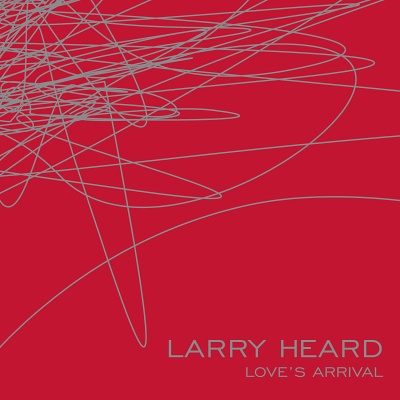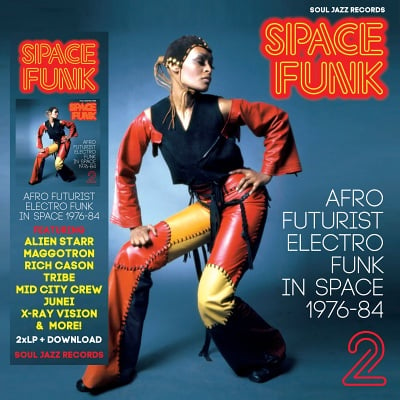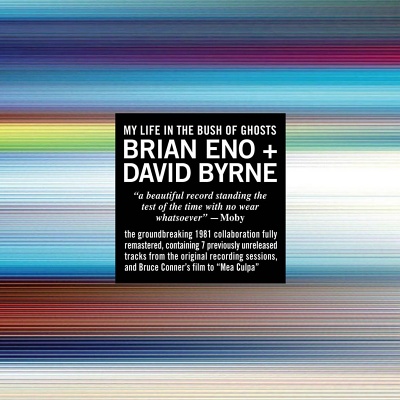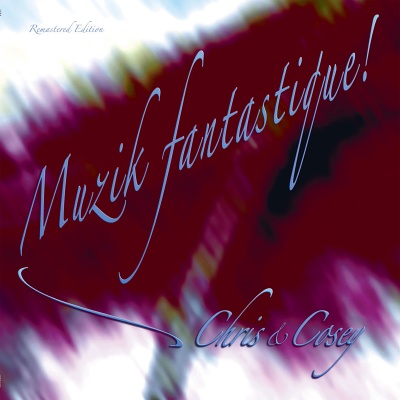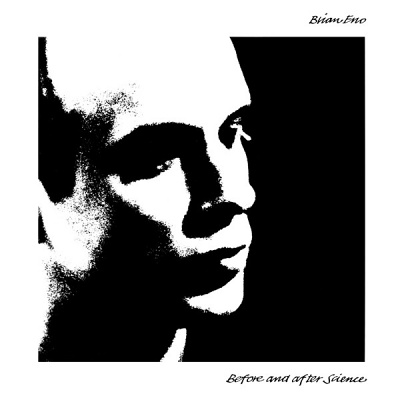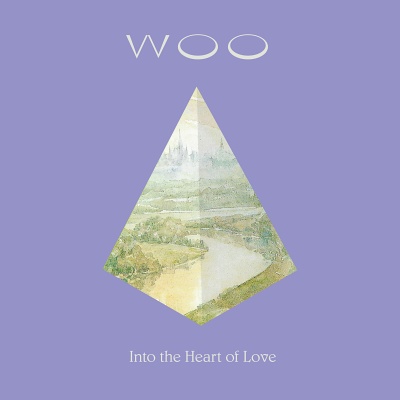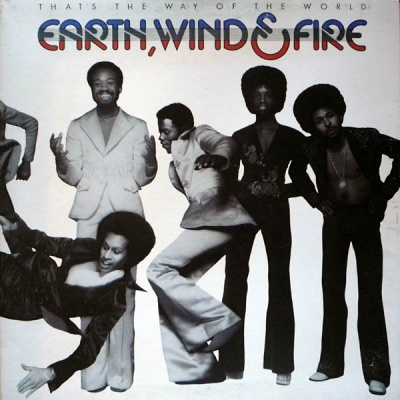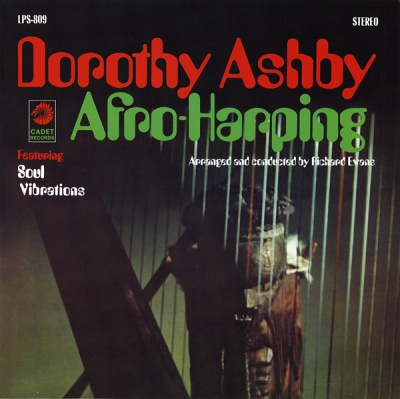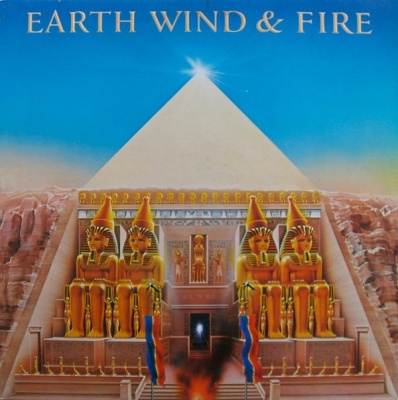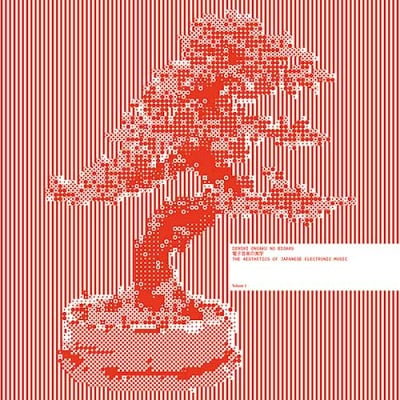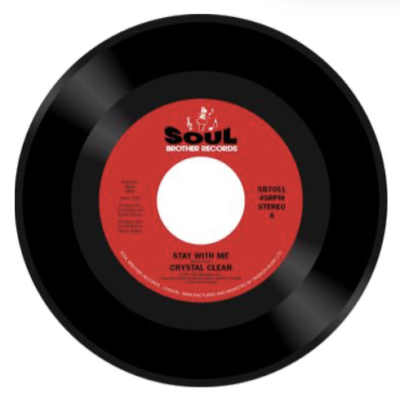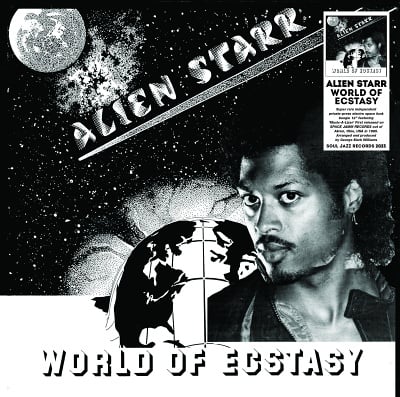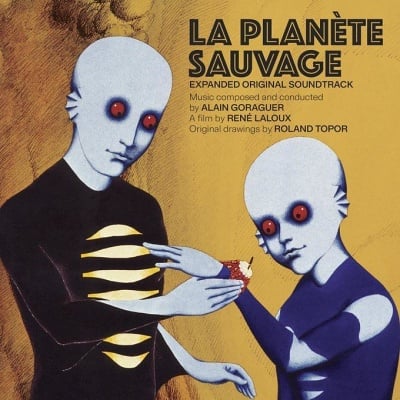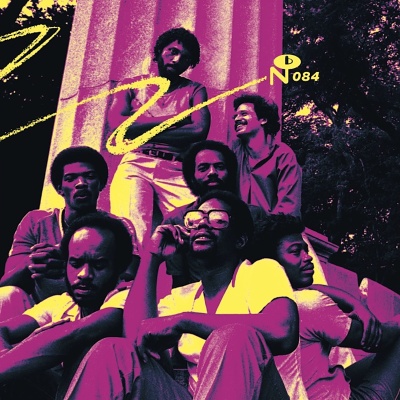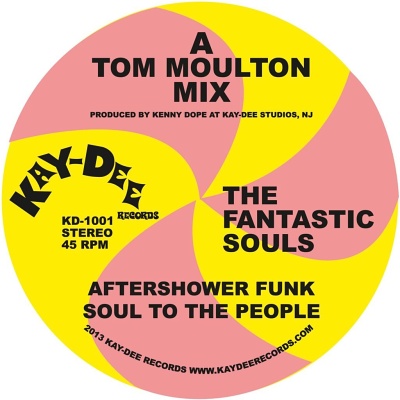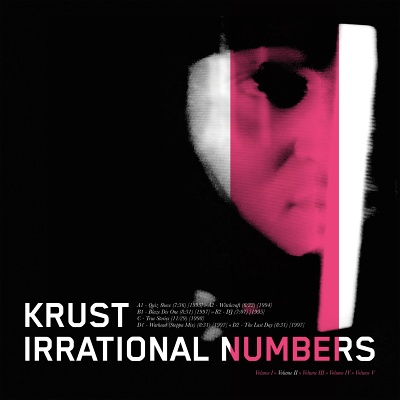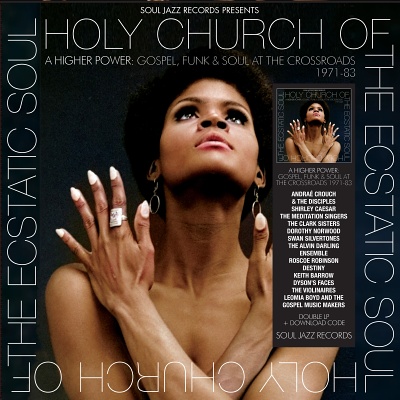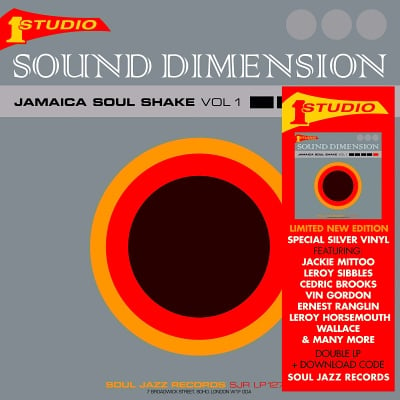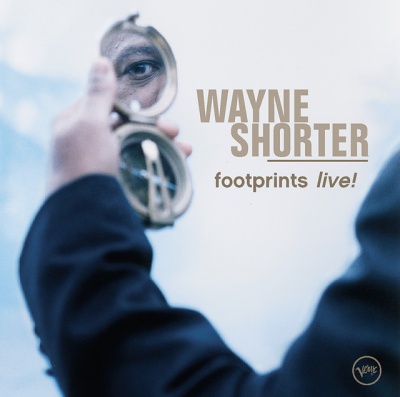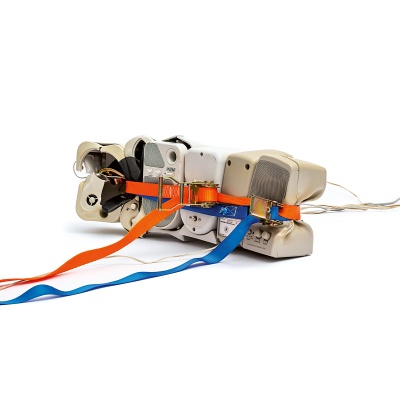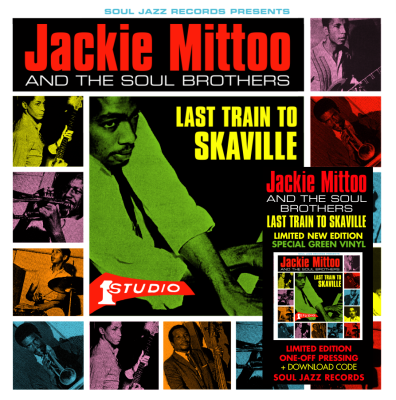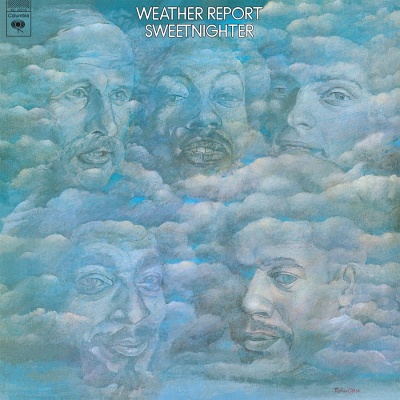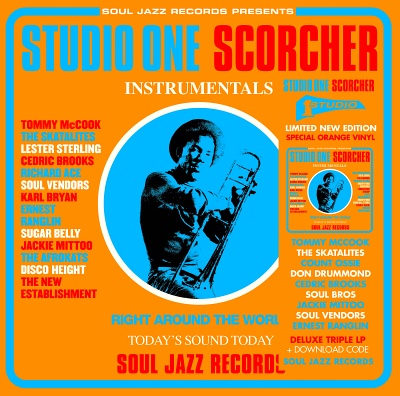
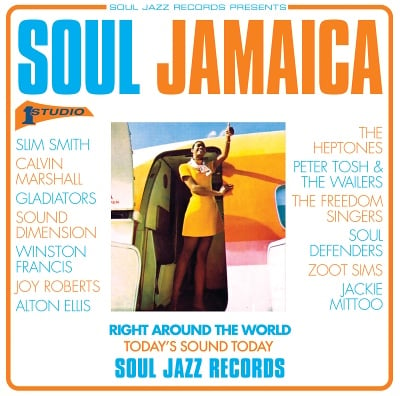
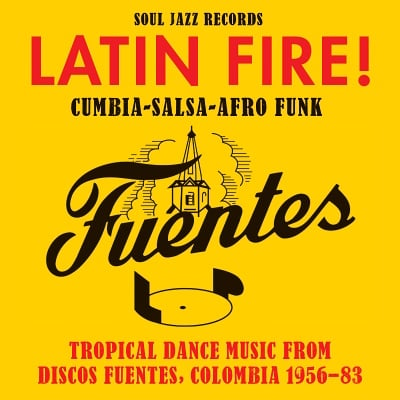
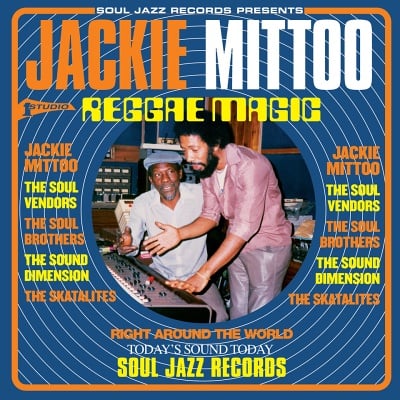


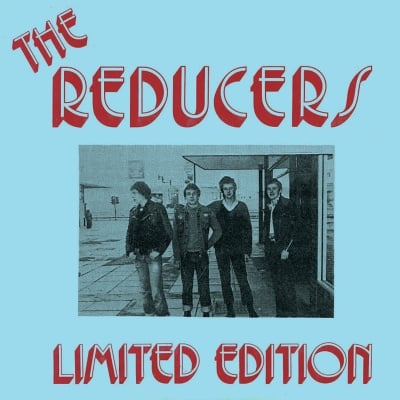
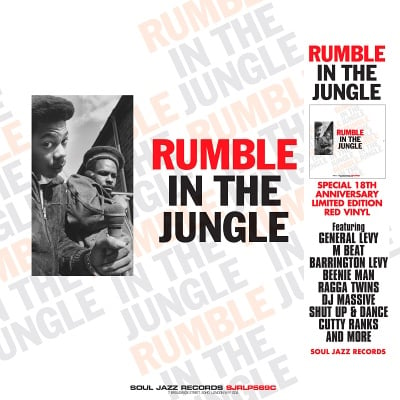
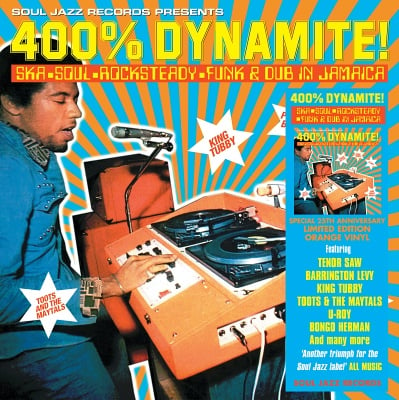
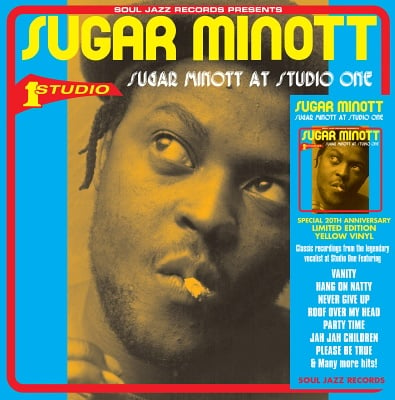
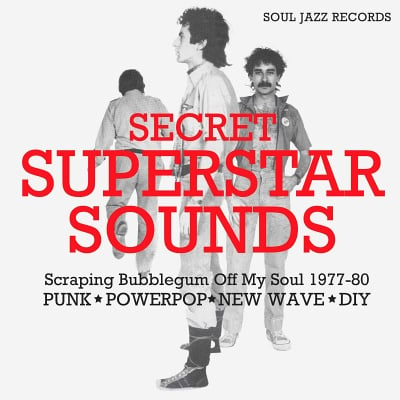
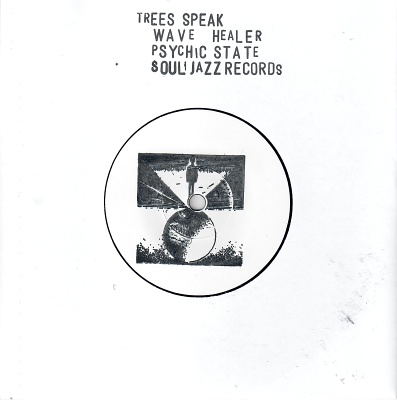
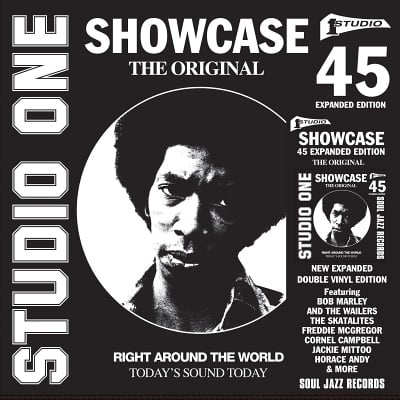
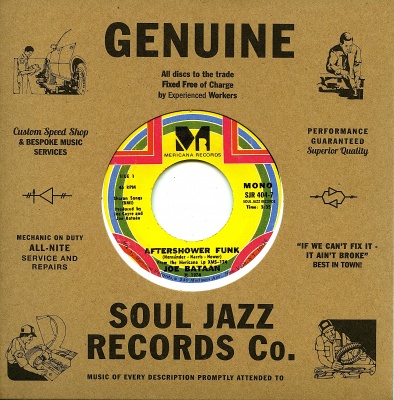
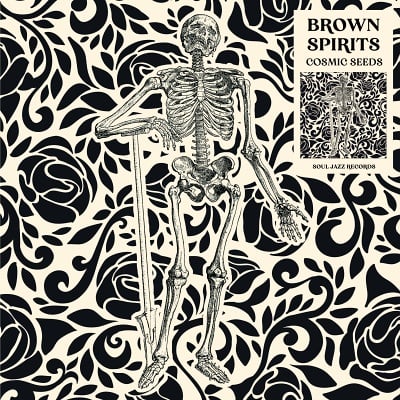

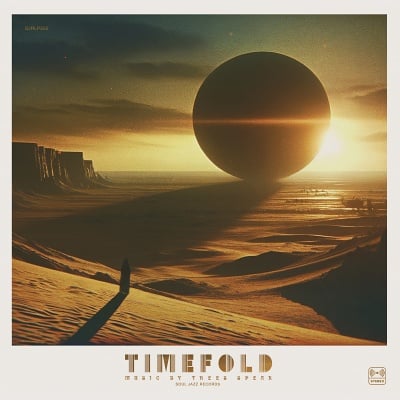
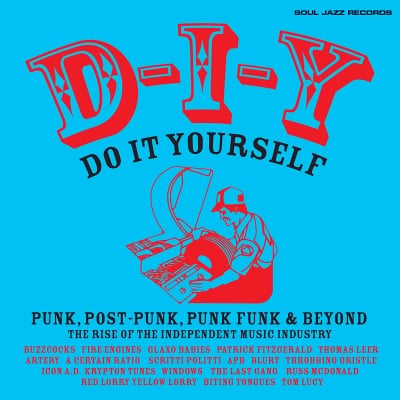
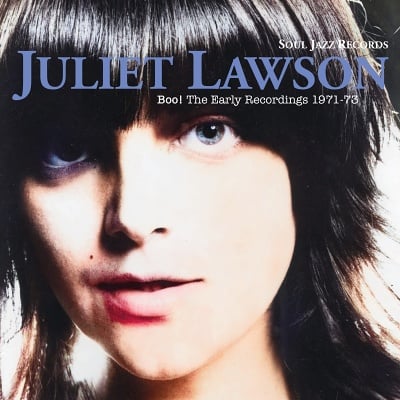
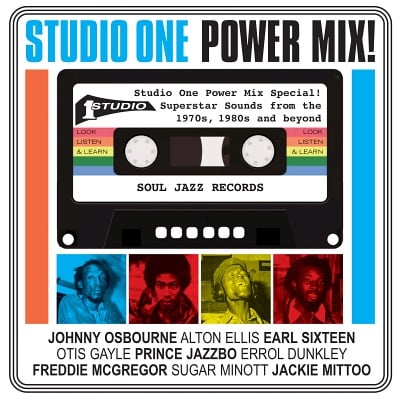
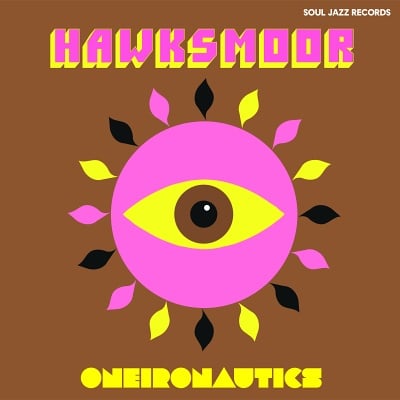
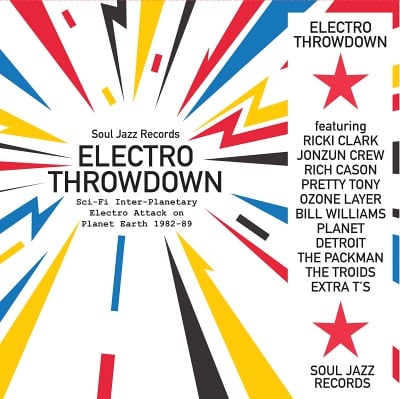
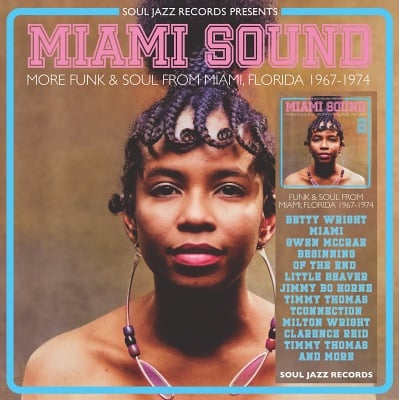
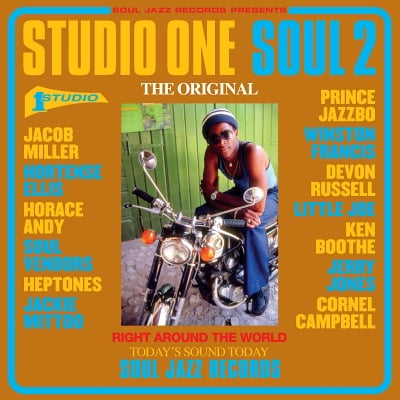
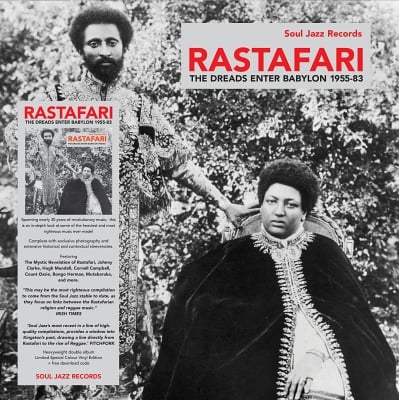
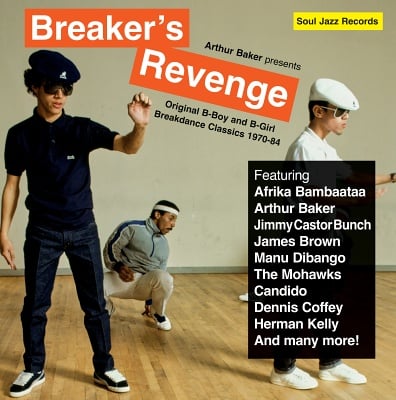
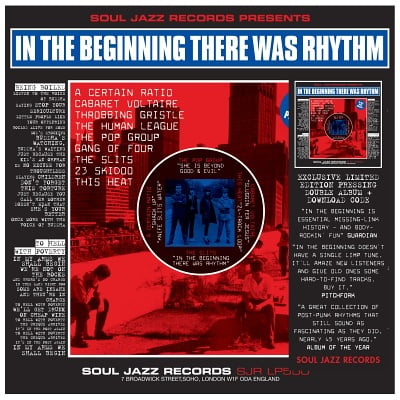
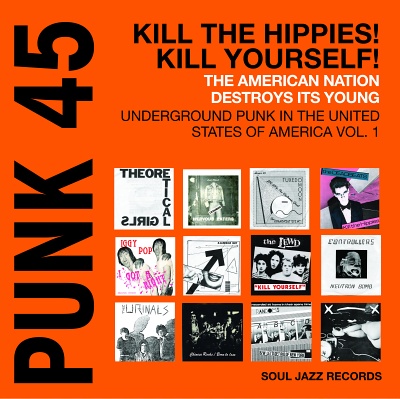
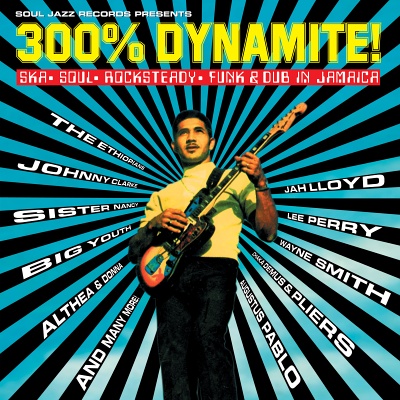
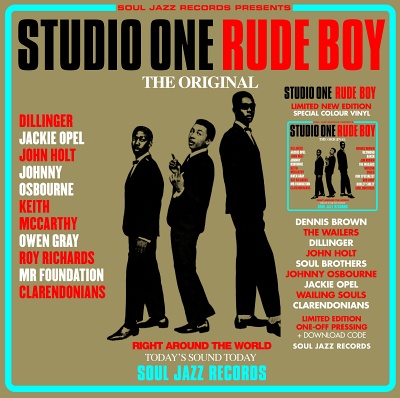
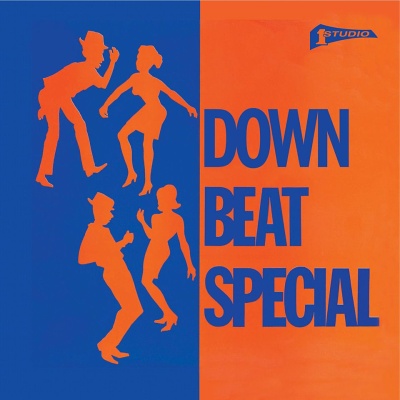
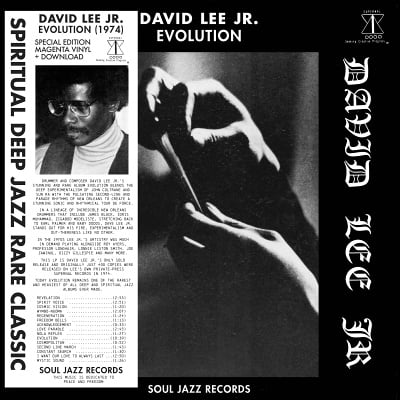
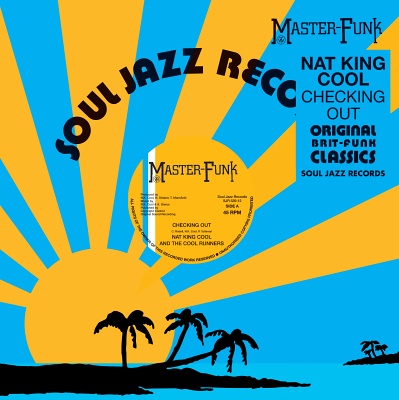
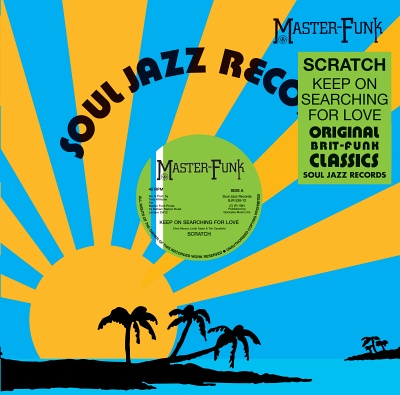
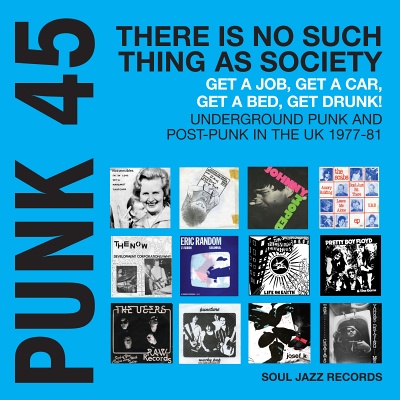
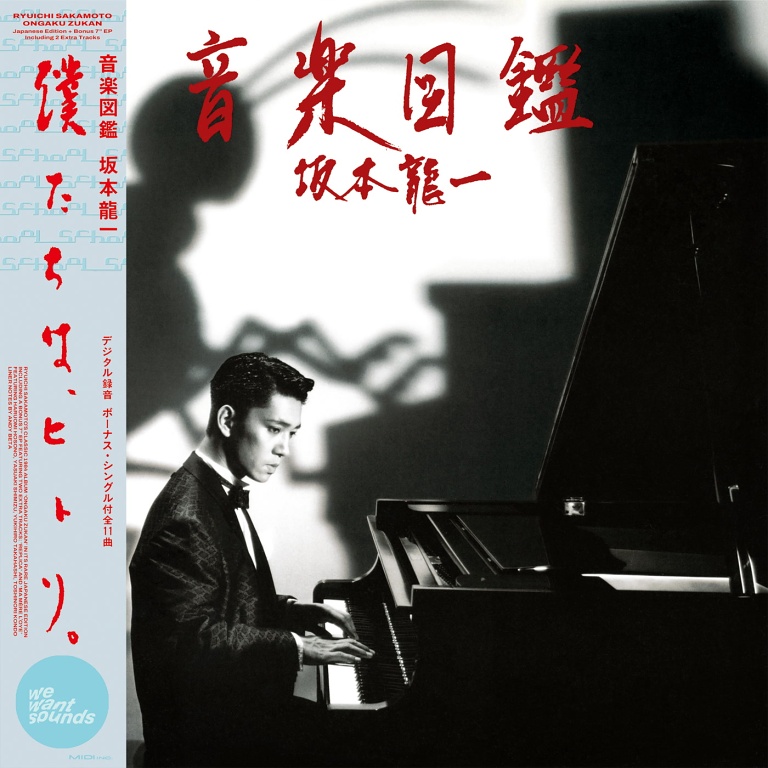
- LP + Bonus 12" WWSLP72£43.00Out of stock Notify me when in stock
- LP + 7" WWSLP71£40.00Out of stock Notify me when in stock
- CD WWSCD71£19.00Out of stock Notify me when in stock
- Ryuichi Sakamoto – Tibetan Dance
- Ryuichi Sakamoto – Etude
- Ryuichi Sakamoto – Paradise Lost
- Ryuichi Sakamoto – Self Portrait
- Ryuichi Sakamoto – 旅の極北 (Tabi No Kyokuhoku)
- Ryuichi Sakamoto – M.A.Y. In The Backyard
- Ryuichi Sakamoto – 羽の林で (Hane No Hayashi De)
- Ryuichi Sakamoto – 森の人 (Mori No Hito)
- Ryuichi Sakamoto – A Tribute TO N.J.P.
- Ryuichi Sakamoto – Replica [12" BONUS]
- Ryuichi Sakamoto – 11: マ・メール・ロワ (Ma Mère l'Oye) [12" BONUS]
- Ryuichi Sakamoto – Replica [7" BONUS]
The early '80s were a turning point for Japanese musician Ryuichi Sakamoto. As a solo artist, the smash hit soundtrack he had composed for 1983's "Merry Christmas Mr. Lawrence" (a film in which he had also acted), had put him on the verge of becoming a global superstar. Meanwhile he had called a halt to his work with Yellow Magic Orchestra; the influential, globally successful pop trio calling it quits after the release of their 1983 album "Naughty Boys".
Against this backdrop, Sakamoto descended on Tokyo's Onkyo Haus Studio to record his fourth solo album, "Ongaku Zukan" ("Musical Encyclopedia") accompanied by a handful of musicians including his ex-YMO partners Haruomi Hosono and Yukihiro Takahashi, and the prolifically talented Yasuaki Shimizu, Tatsuro Yamashita and Toshinori Kondo. Sakamoto began with no particular plan in mind, recording 30 basic tracks over the best part of 1983. It was on his return to the studio the following year that the album truly began to take shape. Accompanied by a newly acquired Fairlight CMI sampler, the musician made extensive use of the revolutionary equipment to create a wide palette of sound textures which he added to the tracks, a creatively fertile process that was captured on film for the French documentary "Tokyo Melody, A Film about Ryuichi Sakamoto".)
Released in August 1984 the album "Ongaku Zukan" proved a huge success, providing Sakamoto with his first top 5 hit in Japan. Filled with inspired melodies that showcase his unique gift as a composer, it offers up a fascinating mix of styles. Asiatic electro pop nuggets ("Tibetan Dance") share space with futuristic ambient pieces ("Hane no Hayashi de"), and brilliantly creative fusions of jazz, funk, techno and reggae ("Etude" and "Tabi no Kyokuhoki.")
This is the very first time that the two 1984 Japanese editions of Ryuichi Sakamoto's classic album have been released internationally
- – Praise
- – Riverside Drive
- – Deja Vu
- – Dew Drops
- – Another Night
- – When I Think Of You
- – To Try
- – Loves Arrival Dub
- – Missing You (Jazz Cafe Mix)
- – Havana
- – Until The Last Goodbye
- – Direct Drive
- – Luminous Energy
- 1. – Praise
- 2. – Riverside Drive
- 3. – Deja Vu
- View full info and tracklisting
- 3×LP ML9013£29.00Out of stock Notify me when in stock
- Alien Starr – Music-A-Lizer
- Chance – Master Groove (Instrumental)
- The Bobby Deemo Band – More Ounce Rap
- Mack Simmons – Skin Tight
- Maggotron – Computer Pop
- Tribe – Vulcan Voyage
- Command Performance – Breakdance
- Junei – Let's Ride
- The Graingers – Shine Your Light
- Mid City Crew – Get Right
- Chapter Three – Smurf Trek
- X-Ray Vision – Video Control
- Rich Cason and The Galactic Orchestra – Year 2001 Boogie
- Frank James and Shadow – Summer Time
- 1. Alien Starr – Music-A-Lizer
- 2. Chance – Master Groove (Instrumental)
- 3. The Bobby Deemo Band – More Ounce Rap
- View full info and tracklisting
- 2xLP (+ Download Code) SJRLP521£28.00 £22.40In stockAdd to Bag
- MP3 Release SJRD521£8.99In stockAdd to Bag
- – America Is Waiting
- – Regiment
- – Help Me Somebody
- – The Jezebel Spirit
- – Very Very Hungry
- – Moonlight In Glory
- – The Carrier
- – A Secret Life
- 1. – America Is Waiting
- 2. – Regiment
- 4. – Help Me Somebody
- View full info and tracklisting
- New 2×LP NNSH79894£39.00Out of stock Notify me when in stock
- CD BEDBX1£7.99In stockAdd to Bag
- – Fantastique
- – Sound Of Sound
- – Masqued
- – Apocalypso
- – Afrakira
- – Hidden Man
- – Visions Love
- – Loves Lost Immortal
- – Eternal
- – Neverneverland
- – Melancholia
- 1. – Fantastique
- 2. – Sound Of Sound
- 3. – Masqued
- View full info and tracklisting
- New LP (Coloured Vinyl) CTIMF22£26.00Limited purple vinyl editionOut of stock Notify me when in stock
- – No One Receiving
- – Backwater
- – Kurt's Rejoinder
- – Energy Fools The Magician
- – King's Lead Hat
- – Here He Comes
- 1. – No One Receiving
- 2. – Backwater
- 3. – Kurt's Rejoinder
- View full info and tracklisting
- New LP ENOLP4£27.99In stockAdd to Bag
- CD ENOCDX4£7.99In stockAdd to Bag
- – hopi
- – taizee
- – make me tea
- – a little long way
- – frogs of fandango
- – when you find your love
- – complex art
- – trishas return
- – into the heart of love
- – love on other planets
- – dont delay
- – woo woo
- – the subtle shadow
- – sarah
- – are you falling
- – mountains
- – gentle actions
- – the return journey
- – the heart of love lullabye
- – The Heart Sleeps
- – Spaces We Breath
- – It's Love (Vocal)
- 1. – hopi
- 2. – taizee
- 3. – make me tea
- View full info and tracklisting
- 2×LP PF013£42.00Out of stock Notify me when in stock
- – Africano
- 7. – Africano
- View full info and tracklisting
- New LP MOVLP2664£29.99Out of stock Notify me when in stock
- Original LP£12.00Vinyl condition: VG+Sleeve condition: VG+Original Pre-Owned Out-of-Print UK VinylSold out Notify me when in stock
- – Soul Vibrations
- – Games
- – Action Line
- – Lonely Girl
- – Life Has Its Trials
- – Afro-Harping
- – Little Sunflower
- – Theme From Valley Of The Dolls
- – Come Live With Me
- – The Look Of Love
- 1. – Soul Vibrations
- 2. – Games
- 3. – Action Line
- View full info and tracklisting
- 2×LP 5399759£36.99Deluxe EditionOut of stock Notify me when in stock
- CD 5399757£13.99Deluxe EditionOut of stock Notify me when in stock
- – Love's Holiday / Brazilian Rhyme
- 4. – Love's Holiday / Brazilian Rhyme
- View full info and tracklisting
- New LP (180g) MOVLP2151£29.99Out of stock Notify me when in stock
- Original LP£25.00Vinyl condition: VG+Sleeve condition: VG+Original Pre-Owned Out-of-Print Japanese VinylSold out Notify me when in stock
- – John Martyn - Small Hours
- – Stephen Whynott – A Better Way
- – April Fulladosa - Sunlit Horizon
- – Sylvain Kassap - Plancoët
- – Manu Dibango - Night In Zeralda
- – Henri Texier - Hocoka Time
- – Nivaldo Orneleas - O Que Ha
- – 808 State – Pacific State (Massey’s Conga Mix)
- – Magma - Eliphas Levi
- – Homelife - Stranger
- – Michael Gregory Jackson - Unspoken Magic
- – Dora Morelenboum - Avermelhar
- – Simone - Tudo Que Você Podia Ser
- – Experience Unlimited – People
- – Otis G. Johnson - I Got It
- – Mel & Tim - Keep The Faith
- 1. – John Martyn - Small Hours
- 2. – Stephen Whynott – A Better Way
- 3. – April Fulladosa - Sunlit Horizon
- View full info and tracklisting
- 2×LP REWARM20LP£35.99Out of stock Notify me when in stock
- 2×CD REWARM20CD£14.99In stockAdd to Bag
- – Kaoru Inoue - Em Paz
- – Gabby & Lopez - Drive form the Miracle (Kaoru Inoue Remix)
- – Inner Science – Alight
- – Aquarium - Rainy Night in Shibuya (Deepspace Slow Down Mix)
- – Naohito Uchiyama – Shugetsu
- – Keta Ra – Equals
- – Yuu Udagawa - Infinite Possibility
- – Noah Gemini - Mysterious Lot
- – Sauce 81 - Sign of Secret Love
- – Keita Sano - Tai + Dai
- – Waltz – Folkesta
- – Kuniyuki – Free
- – Ken Ishii presents Metropolitan Harmonic Formulas - Can You Feel It (feat. Metropolitan Harmonic Formulas and Naruyoshi Kikuchi)
- 1. – Kaoru Inoue - Em Paz
- 2. – Gabby & Lopez - Drive form the Miracle (Kaoru Inoue Remix)
- 3. – Inner Science – Alight
- View full info and tracklisting
- 2×LP CMSR010£33.00Out of stock Notify me when in stock
- 7" SB7051£13.99Out of stock Notify me when in stock
- – Music-A-Lizer (Short Version)
- – World Of Ecstasy
- – Music-A-Lizer (Long Version)
- – Computer
- 1. – Music-A-Lizer (Short Version)
- 2. – World Of Ecstasy
- 3. – Music-A-Lizer (Long Version)
- View full info and tracklisting
- 12" SJR460-12£15.00In stockAdd to Bag
- MP3 Release SJRD460£4.99In stockAdd to Bag
- – Deshominisation (II)
- – Deshominisation (I)
- – Generique
- – Le Bracelet
- – Ten Et Tiwa
- – Maquillage De Tiwa
- – Course De Ten
- – Ten Et Medor
- 1. – Deshominisation (II)
- 2. – Deshominisation (I)
- 3. – Generique
- View full info and tracklisting
- New 2×LP 924632£39.00Out of stock Notify me when in stock
- – Don’t Touch It!
- – You & I
- – Tell Me
- – Time Has Come
- – Let's Have A Party
- – Living Without You
- – To Be With You
- – Let Me Love You
- – Reachin’ For It
- – Just Had To Tell You
- – If You Want It (You Can Have It)
- – Let Me Love You
- – Living Without You
- – Mainstream
- 1. – Don’t Touch It!
- 2. – You & I
- 3. – Tell Me
- View full info and tracklisting
- New 2×LP (Coloured Vinyl) NUM084LP-C1£35.00Limited “Lake Michigan” teal coloured vinyl editionIn stockAdd to Bag
- – Soul To The People (Tom Moulton Mix)
- – After Shower Funk (Tom Moulton Mix)
- 1. – Soul To The People (Tom Moulton Mix)
- 2. – After Shower Funk (Tom Moulton Mix)
- View full info and tracklisting
- 10" KD1001£20.99Out of stock Notify me when in stock
- – Quiz Show
- – Witchcraft
- – Blaze Dis One
- – DJ
- – True Stories
- – Warhead (Steppa Mix)
- – The Last Day
- 1. – Quiz Show
- 2. – Witchcraft
- 3. – Blaze Dis One
- View full info and tracklisting
- 2×12" KRUST002£31.00Out of stock Notify me when in stock
- Andrae Crouch & The Disciples – Satisfied
- Shirley Caesar – Jesus Children Of America
- The Meditation Singers – Trouble's Brewin'
- The Clark Sisters – You Brought The Sunshine
- Dorothy Norwood – Let Your Feet Down Easy
- Shirley Caesar – Jesus Is Coming
- Swan Silvertones – If You Believe Your God Is Dead
- The Alvin Darling Ensemble – Is There Anybody Here ?
- Roscoe Robinson – There's A Creator
- Destiny – Nothing Can Stop Me Now
- The Meditation Singers – Good Old Gospel Music
- Keith Barrow – Everything Is Gonna Be Alright
- Roscoe Robinson – Elijah
- Dyson's Faces – Till I've Got This Feelin' Of Love
- The Violinaires – The Upper Way
- Leomia Boyd and The Gospel Music Makers – Higher in Jesus' Love
- Keith Barrow – The Right Road Now
- 1. Andrae Crouch & The Disciples – Satisfied
- 2. Shirley Caesar – Jesus Children Of America
- 3. The Meditation Singers – Trouble's Brewin'
- View full info and tracklisting
- 2xLP (+ Download Code) SJRLP522£28.00 £22.40In stockAdd to Bag
- CD SJRCD522£12.00 £9.60In stockAdd to Bag
- MP3 Release SJRD522£8.99In stockAdd to Bag
- – Heavy Beat
- – Federated Backdrop
- – Baby Face
- – Rathid
- – Bitter Blood
- – Love Land
- – Full Up
- – Upsetters Dream
- – Soul Shake
- – The Thing
- – My Heart in Rhythm
- – Man Pon Spot
- – Holy Moses
- – Doctor Sappa Too
- – Hail Don D
- – Solas
- 1. – Heavy Beat
- 2. – Federated Backdrop
- 3. – Baby Face
- View full info and tracklisting
- New 2×LP (Coloured Vinyl) + Download Code SJRLP127C£28.00In stockAdd to Bag
- MP3 Release SJRD127£7.99In stockAdd to Bag
- New Audiophile 2×LP (180 GRAM) 5540659£54.00In stockAdd to Bag
- Maxx Traxx – Don't Touch It!
- Stylle Band – If You Love Me
- Home Boy And The C.O.L – I Saw You Dancing
- Unit Three – Lets Boogie Tonight
- Steven – Quick
- Donnell Pitman – Burning Up
- Duke D – Lady Luck
- Ronnie Robbins – Contagious
- Pete & Cheez – You and Me
- Contrast – Slippin' In The Night
- 1. Maxx Traxx – Don't Touch It!
- 2. Stylle Band – If You Love Me
- 3. Home Boy And The C.O.L – I Saw You Dancing
- View full info and tracklisting
- New LP (Coloured Vinyl) NUM509LP-C2£24.99Limited coloured vinyl editionOut of stock Notify me when in stock
- LP NUM509LP£22.99Standard black vinylOut of stock Notify me when in stock
- – A Barely Lit Path
- 13. – A Barely Lit Path
- View full info and tracklisting
- New 2×LP (Coloured Vinyl) WARPLP365I£31.99Out of stock Notify me when in stock
- CD WARPCD365£11.99Out of stock Notify me when in stock
- – Train To Skaville
- – James Bond
- – Voodoo Moon
- – Ska Shuffle
- – Take Ten
- – Chicken And Booze
- – Honey Pot
- – Mr Flint
- – Dr. Ring Ding
- – Got My Boogaloo
- – From Russia With Love
- – Ska-culation
- – Home Made
- – Sufferer's Choice
- – One Stop
- – Hot And Cold
- 1. – Train To Skaville
- 2. – James Bond
- 3. – Voodoo Moon
- View full info and tracklisting
- New 2×LP (Coloured Vinyl) + Download Code SJRLP80C£28.00In stockAdd to Bag
- MP3 Release SJRD80£9.99In stockAdd to Bag
- – boogie woogie waltz
- – 125th street congress
- – non-stop home
- 1. – boogie woogie waltz
- 4. – 125th street congress
- 6. – non-stop home
- View full info and tracklisting
- New LP (180g) FRM32210H£34.00Out of stock Notify me when in stock
- Original LP£15.00Vinyl condition: VG+Sleeve condition: VG+Original Pre-Owned USA vinylSold out Notify me when in stock
- The Skatalites – Coconut Rock
- Cedric Im Brooks & The Sound Dimension – Mun-Dun-Gu
- Tommy Mccook, Richard Ace, The Skatalites & Disco Height – Shockers Rock
- Soul Vendors – Ringo Rock
- Jackie Mittoo & Ernest Ranglin – Jericho Skank
- New Establishment – The People Skanking
- Karl Bryan & The Afrokats – Money Generator
- Lester Sterling – Afrikaan Beat
- Sound Dimension – Heavy Rock
- Sugar Belly – In Cold Blood
- Don Drummond & The Skatalites – Heavenless
- Soul Bros. – Bugaloo
- Vin Gordon – Red Blood
- Pablove Black – Push Pull
- Jackie Mittoo & Brentford Rockers – Sidewalk Doctor
- Liberation Group – Namibia
- Brentford Road All Stars – Last Call
- Soul Defenders – Still Calling
- Karl Bryan & Count Ossie – Black Up
- 1. The Skatalites – Coconut Rock
- 2. Cedric Im Brooks & The Sound Dimension – Mun-Dun-Gu
- 3. Tommy Mccook, Richard Ace, The Skatalites & Disco Height – Shockers Rock
- View full info and tracklisting
- New 3×LP (Coloured Vinyl + Download Code) SJRLP67C£34.00 £27.20In stockAdd to Bag
- MP3 Release SJRD067£9.99In stockAdd to Bag
